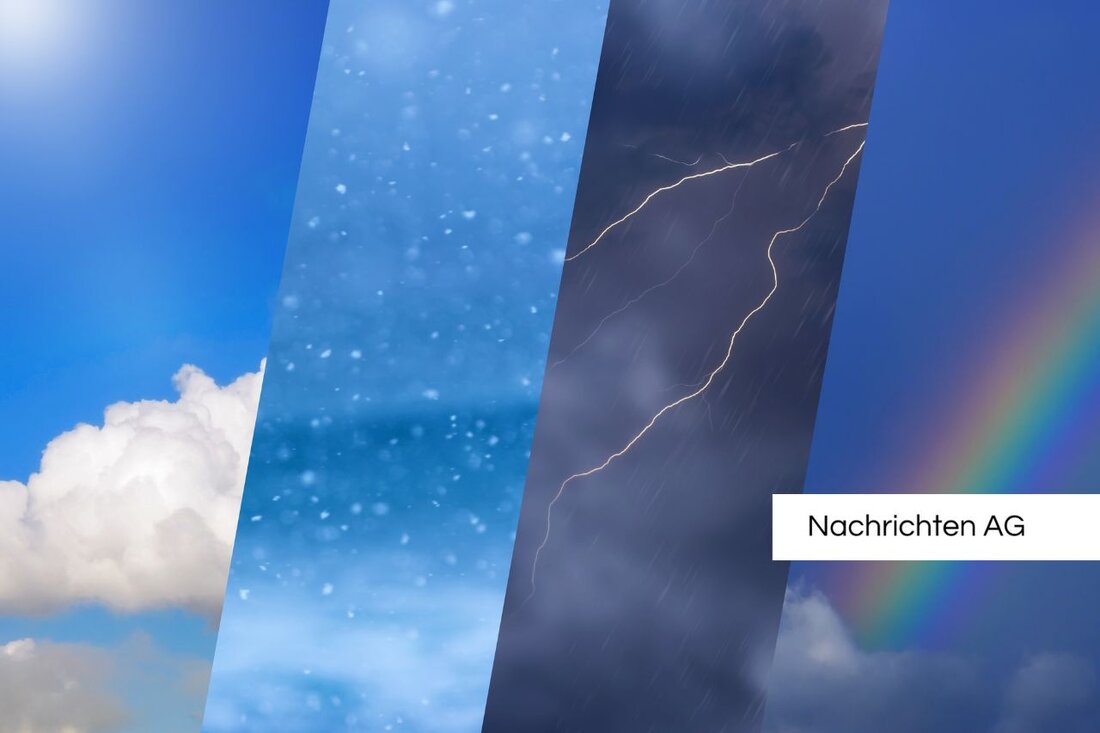Double threat in the Pacific: La Niña could bring us a cold winter!
Find out how La Niña could develop by the end of 2025 and what the global weather impacts will be.

Double threat in the Pacific: La Niña could bring us a cold winter!
Today could be exciting, as the weather next winter promises to be influenced by a phenomenon called La Niña. This is what the meteorologists report Meteomedia, that water temperatures in the equatorial Pacific are falling, significantly increasing the likelihood of a La Niña event. Experts estimate the chances at 71% for the period from October to December 2025.
But what exactly is La Niña? Loud Wikipedia it is a climatic phenomenon that is associated with cooler water temperatures in the Pacific. These low temperatures not only affect local weather patterns but also global weather conditions. La Niña may lead to colder temperatures in Western Canada and more active storm activity in the Great Lakes.
Global weather impacts and forecasts
Current models show that La Niña could potentially occur again. A review of recent years shows that La Niña experiences typically occur every four to five years and often last one to two years. The latest episode began in January 2025 and now has the potential to influence weather patterns in winter 2025, so Science et Vie.
What is particularly interesting is that the significant cooler water temperatures in the central and eastern Pacific are changing the tropical atmosphere and can lead to drought or flooding in different regions. While some areas may expect wetter conditions, others may suffer from drought. The entire La Niña event could therefore bring both positive and negative weather effects.
Influences on the future
Even though La Niña is causing cooler temperatures in certain regions, the global temperature trend remains increasing. Climate researchers like Éric Guilyardi emphasize that human influence on the climate continues to dominate. This means that even during a La Niña event, the overall development of global warming cannot be stopped.
The weather conditions affecting Europe could be of crucial importance for farmers. Weather forecasts show that temperatures will be above average for most regions of the world between September and November 2025. Preparing for different weather conditions can be important for agriculture, health care and energy policy.
It remains exciting to see how La Niña will affect the weather and what adaptation strategies regional politicians will develop to counteract the effects. The coming months will show how this weather constellation will affect everyday life and nature.

 Suche
Suche
 Mein Konto
Mein Konto